HyperSolar reaches 1.25 V for water-splitting with its self-contained low-cost photoelectrochemical nanosystem
Green Car Congress
DECEMBER 10, 2014
volts (V) of water-splitting voltage with its novel low-cost electrolysis technology. The theoretical minimum voltage needed to split water molecules into hydrogen and oxygen is 1.23 Nanosystem for water electrolysis. HyperSolar, Inc. announced that it had reached 1.25 V (at 25 °C at pH 0). Click to enlarge.



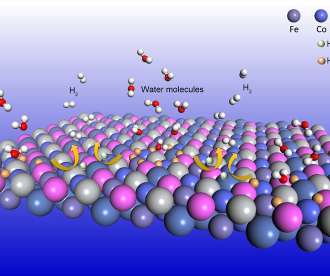




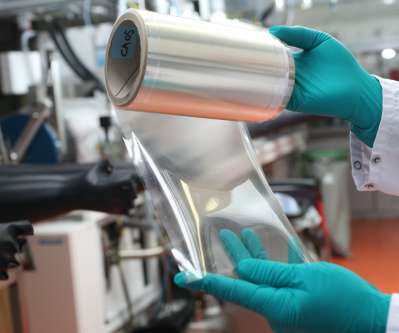


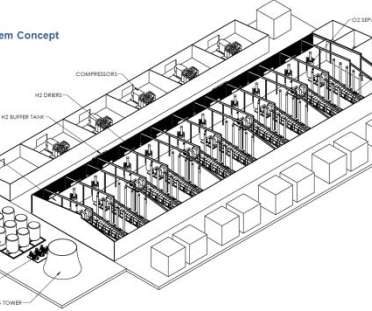


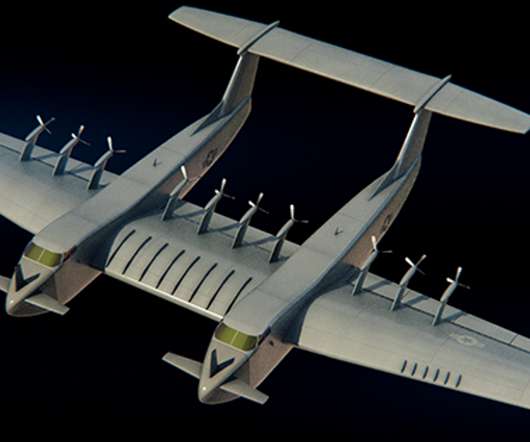
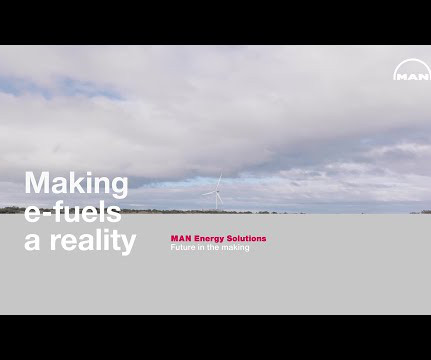
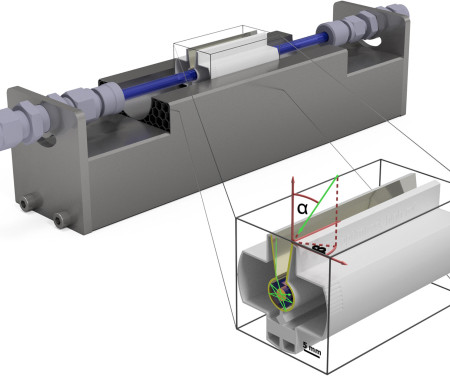




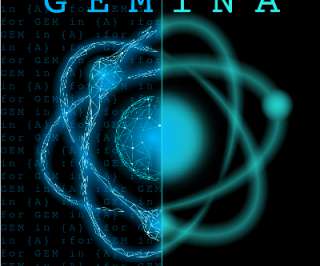

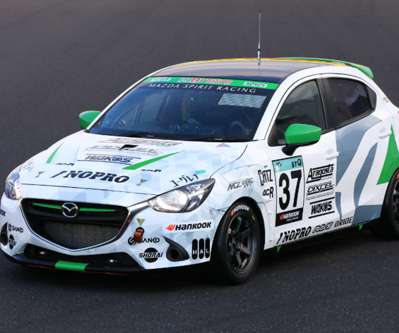




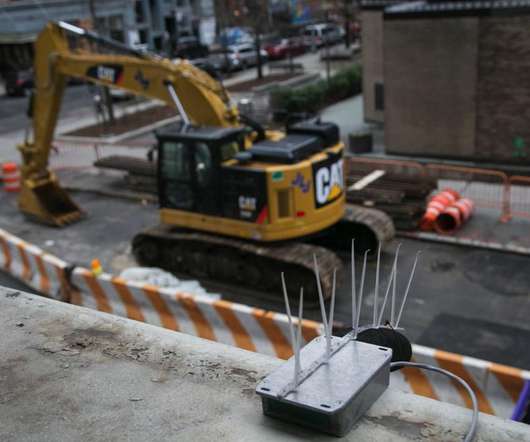














Let's personalize your content